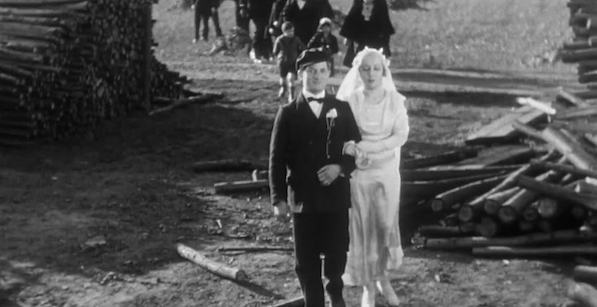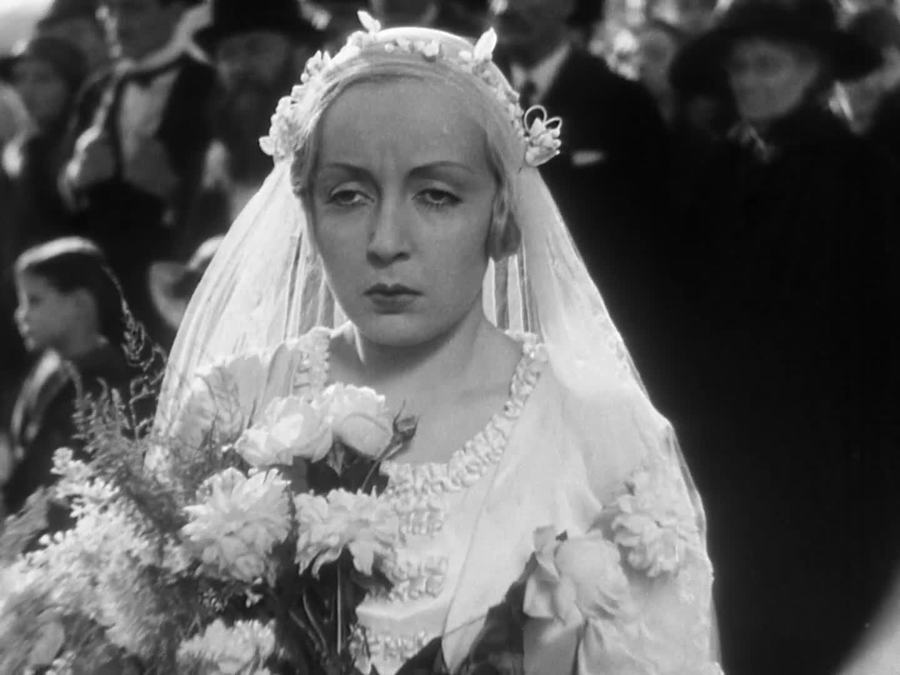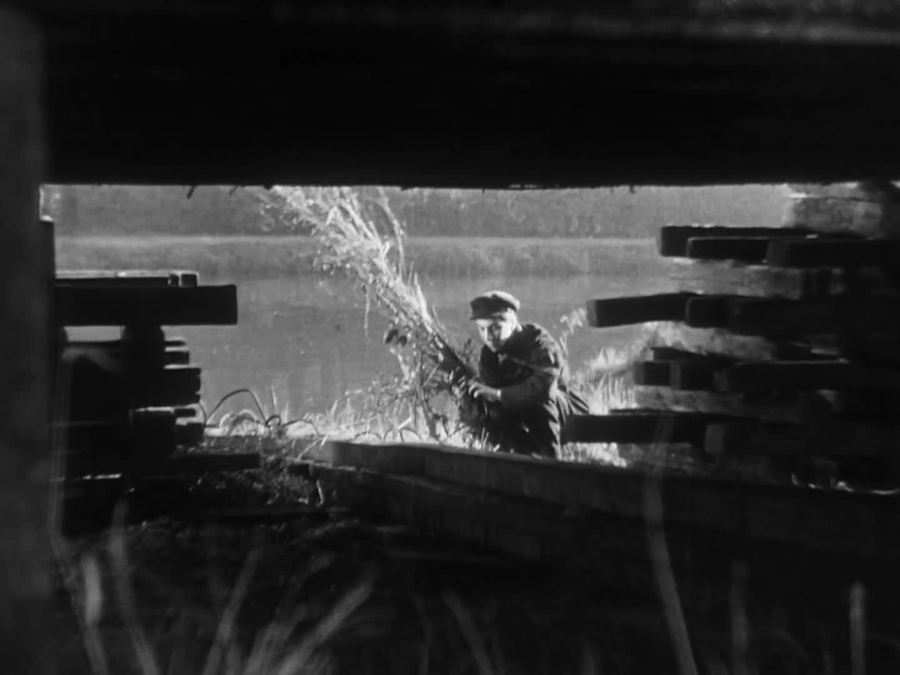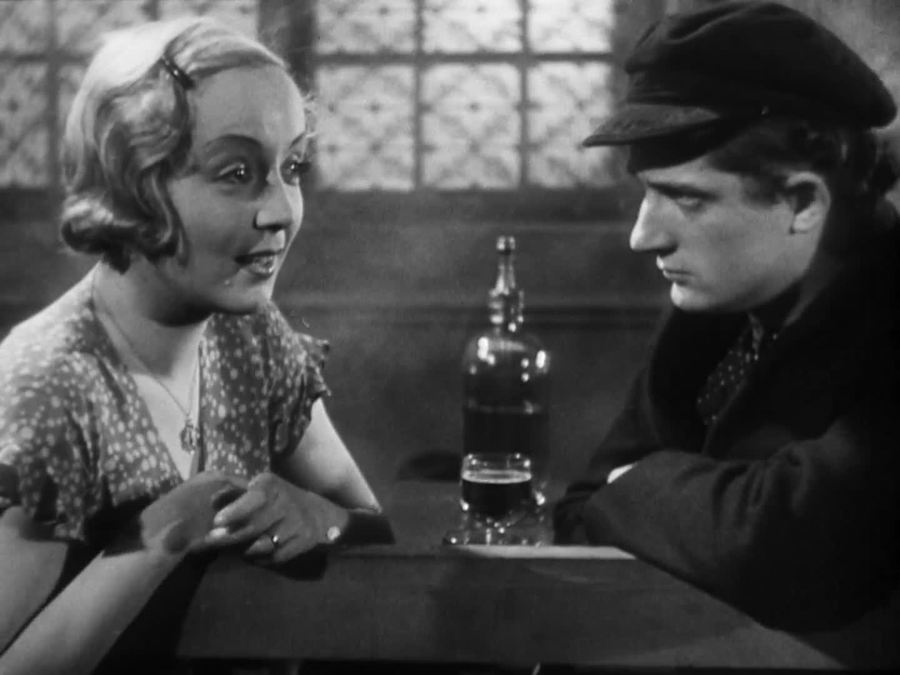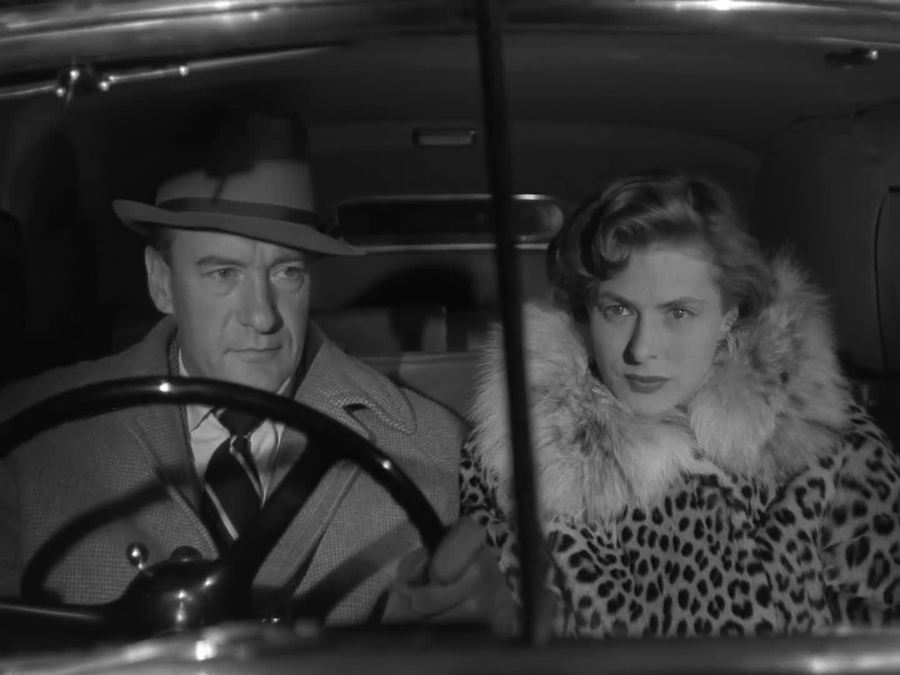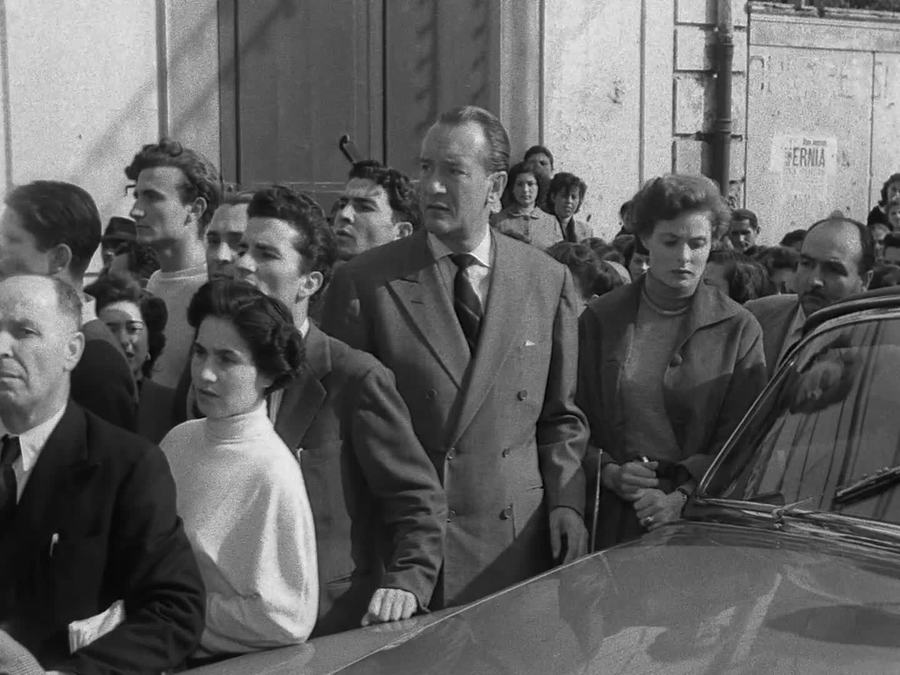It has become the biggest cliché of the film industry worldwide: “A good movie must take you on a journey!” Mixed up in this, as in all good clichés, is some nonsense and some truth. A journey can mean all kinds of things, on various levels simultaneously. Stereotypically, it has come to refer to the type of commercial blockbuster in which a hero both covers a lot of geographical ground (as in adventure films), and undergoes a complete, usually enlightened and redemptive, evolution in his or her character.
But journeys in cinema can also be small and subtle, like in Chantal Akerman’s films, covering only the enclosed space of a town or a house. They can involve characters who do not come to “know themselves” in the slightest—or whose degree of self-knowledge remains opaque to us, the viewers, like in Béla Tarr’s films. Screen journeys can even be virtually immobile—if, in front of the screen, it is the spectator who is undergoing some kind of inner journey. The films of Bresson, Kiarostami and so many other greats prove this conclusively.
But we must go back in cinema history to find those seminal voyages that nurture much contemporary filmmaking. Two classics twenty years apart, Jean Vigo’s L’Atalante (1934) and Roberto Rossellini’s Journey to Italy (1954), concerning themselves with the evolution of love and relationships over time—specifically, the time of marriage. And what better model for cinema’s small-scale, interior journeys than the state of marriage, which Raymond Chandler wisely and wryly defined as that form of human relationship that resembles a newspaper: “It has to be made fresh every damn day of every damn year.”
Making a marriage fresh is precisely what the philosopher Stanley Cavell talks about in his famous book Pursuits of Happiness: The Hollywood Comedy of Remarriage (1981)—where remarriage means something more like revitalization than literal divorce-and-reunification. But, alongside such splendid comedies about “marriage on trial” as Leo McCarey’s The Awful Truth (1937) or Preston Sturges’s The Lady Eve (1941), there is also the drama of remarriage. And it was Vigo and Rossellini, after F.W. Murnau in Sunrise (1927), who set the template for this drama, leading to contemporary examples as diverse as James Cameron’s The Abyss (1989), Nobuhiro Suwa’s A Perfect Couple (2005) and Stanley Kubrick’s Eyes Wide Shut (1999).
As it happens, both masterpieces under discussion here indeed involve geographical trips—along a river, and within a country—but it is the psychological and emotional paces through which both characters and spectators are put that really, ultimately count.
Jean Vigo, in his tragically short life (dead at twenty-nine), complained of the typical filmic romance of his time in which it takes “two pairs of lips three thousand metres of film to come together and almost as many to come unstuck again.” L’Atalante casts its immortal story of love within the mythical archetypes of the adventure tale: Jean (Jean Dasté) the seafaring adventurer, and Juliette (Dita Parlo) the city-craving settler. When tensions split them apart, they each experience distractions, temptations… and when they finally re-unite, Vigo makes us richly believe in the possibilities of rekindling the profound, passionate attachment between two soul mates.
L’Atalante has been described “the cinema’s greatest ode to heterosexuality”—in that so much of its poetry is generated from the sparks of difference between masculinity and femininity, as conventionally but compellingly evoked by Vigo. It is only this thrill of absolute otherness between the sexes that can allow both the agony of non-alignment between the lovers, and then the sublimity of their eventual fusion—as indelibly captured in the nocturnal scene of their mutual, erotic dreaming of each other.
Modern times cause us to see the film somewhat differently and, for this, one needs to pay attention to the fluid similarity and sliding between names: Jean, Juliette…and the amazing Jules (Michel Simon), master of the boat on which much of the action is set. True to Vigo’s anarchic, surrealist spirit, Jules is polymorphous perversity incarnate: both man and woman, French and foreign, child and adult… If L’Atalante is an ode to love and marriage, it is so within a very broad and imaginative understanding of all human possibilities.
In Rossellini’s film, the Joyces, Katherine (Ingrid Bergman) and Alex (George Sanders), have certainly made a journey to Italy, with the film dwelling on the cultural difference between themselves and the country they find themselves in. But the Italian title refers more exactly to a journey in or through Italy—a journey that takes place on many levels, both interior and exterior. As in L’Atalante—and later in Eyes Wide Shut—this troubled couple will temporarily part ways, and each goes on a separate drift around their new environment.
Alex’s wandering, and his inconsequential flirtations with various women, is the less evidently dramatic of the two journeys. He’s a jaded guy who protects himself with sarcasm and keeps his feelings buried. Katherine’s skin is thinner; her composure is disturbed both by memories of her own past, and the heady, chaotic atmosphere of Naples, once described so well by Asja Lacis and Walter Benjamin: “Porosity is the inexhaustible law of this city, reappearing everywhere. A grain of Sunday is hidden in each weekday, and how much weekday in this Sunday!”
Such a vision of porosity—Sunday and weekday, religious mysticism and the gritty everyday combined—is also a good description of Rossellini’s own earthy sense of spirituality. The ending of Journey to Italy is often described as a “miracle”—and, literally, it juxtaposes what appears to be a sacred miracle with a scene of separation and reunion between Katherine and Alex. The very idea for this final, cinematic clinch—two people torn apart by a surging crowd—has itself become a hoary old, dramatic cliché since 1954. But Rossellini invests it with a genuinely redemptive feeling, and a sense that second chances for married lovers are forever possible—if they search long enough, work hard enough and are in the right place at the right moment for all the materials and elements of the world to aid in their togetherness.

